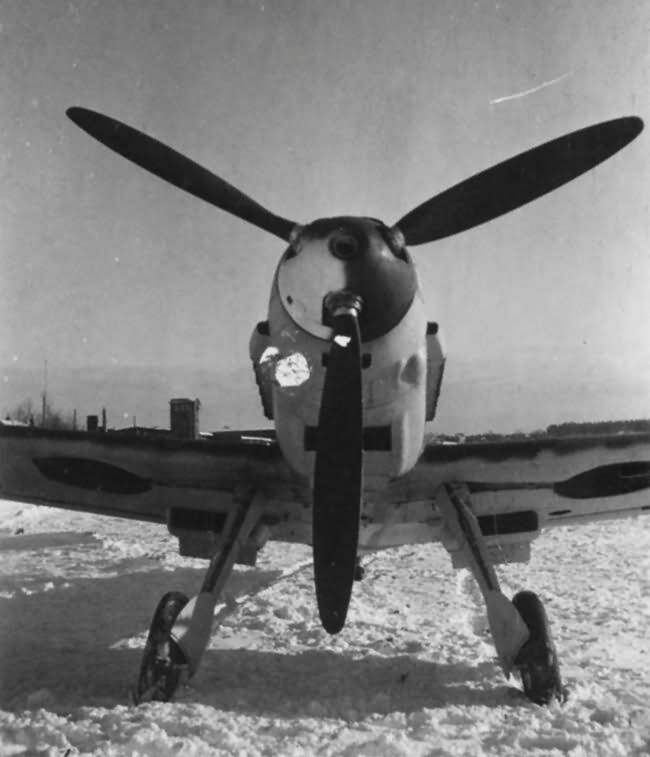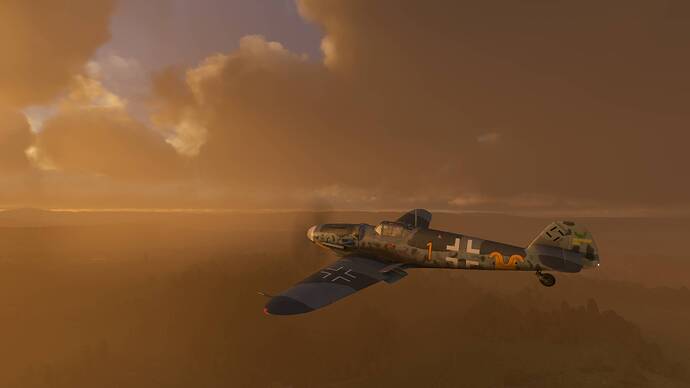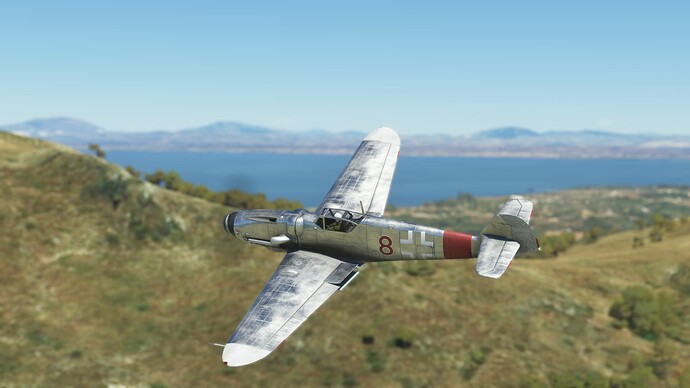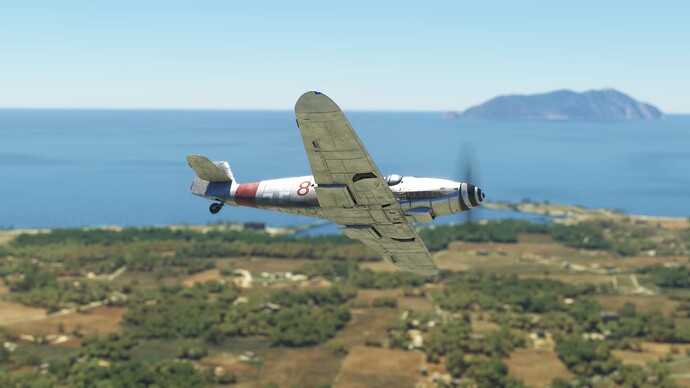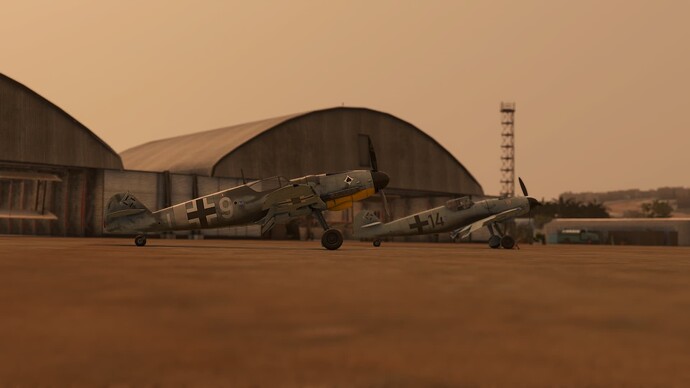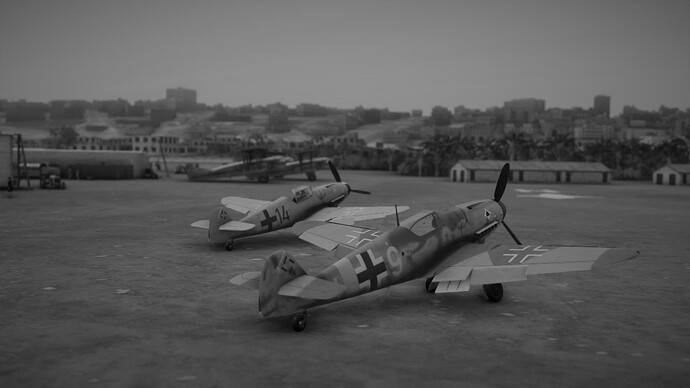They all had to be managed quite carefully, most of them (if not all) could bite you quickly and kill you in flash if you didn’t pay attention, and they did. Let alone combat or flak.
I don’t understand the need to label which one was “most difficult” when the training accident stats were pretty horrific all over the shop for both allied and axis forces. Reports of the so called “109 is harder than x” also varied a lot, and allied pilots who flew them didn’t seem to think it was any harder than the Spit etc. Difficult is difficult when you don’t know anything, if you have the right teacher and tools, perhaps it’s not so diffcult if the machine has to be managed in a certain way. A lot of the German training issues were exacerbated by lack of this I’m pretty sure, especially as the war went on and they lost their veteran pilots as trainers. The Finns (and other nations) also flew them a lot, and didn’t appear to have too many issues with them.
Even a Stearman could kill you, it was designed to be diffifcult in order to prepare them for fighter visibility issues.
The fact is the 109 enjoyed a stellar reputation amongst the pilots who got through the training, which tells you it wasn’t quite as bad as it’s made out to be. That may well have been a matter of the devil you know etc, especially after you’ve got 10’s or 100’s of victories, but there’s merit to that in wartime.
Not like some other planes, of which there’s more than a few that pilots couldn’t wait to ditch.
Eg:
WWII’s Tragic Aviation Accidents
From 1940 through 1945, according to statistics gathered by Anthony J. Mireles, the U.S. Army Air Corps/Air Force suffered 6,351 fatal accidents, with more than 13,600 fatalities and the loss of more than 7,000 aircraft. Most of the fatal accidents (2,101) occurred in primary, basic, and advanced trainers, while 2,796 aviators died in the 490 fatal B-24 accidents, followed by 1,757 who died in 284 B-17 crashes.
Of the fighter plane accidents, 455 pilots died in 404 crashes involving P-47 Thunderbolts, while 369 and 337 lost their lives in P-39 and P-38 accidents, respectively.
The U.S. Eighth Air Force in Europe suffered more than 26,000 men killed due to enemy action, mechanical problems, and accidents during the war. But training, as we have seen, was just as hazardous, with more than 15,500 losing their lives in service to their country before they were ever able to face the enemy.
WWII's Tragic Aviation Accidents - Warfare History Network.
“The accident rate for the Corsair was deplorable. Only 189 F4Us were lost in air-to-air combat, while 349 fell to ground fire, but 692 were lost in nonoperational accidents. Operational losses (accidents during combat) claimed 230 of the bent-wing birds.”
They built ~12000 Corsairs in total. Do the math.
~15,686 P-47’s were built, for “455 pilots died in 404 crashes involving P-47 Thunderbolts” and that was with a solid training regime!
It’s the ratios of specfic aircraft to accident vs combat for versions production runs that need to be compared, not the raw accident figures. eg if the ~1000 accident loss rate of 109’s mentioned above is true, that sounds a lot, but not so when you take into account they produced ~34000 of them. Even if you stretch it to the 10% figure FI quote on the loading screen (source?), that ratio is likely in the same ballpark as other “difficult planes” I would wager.
